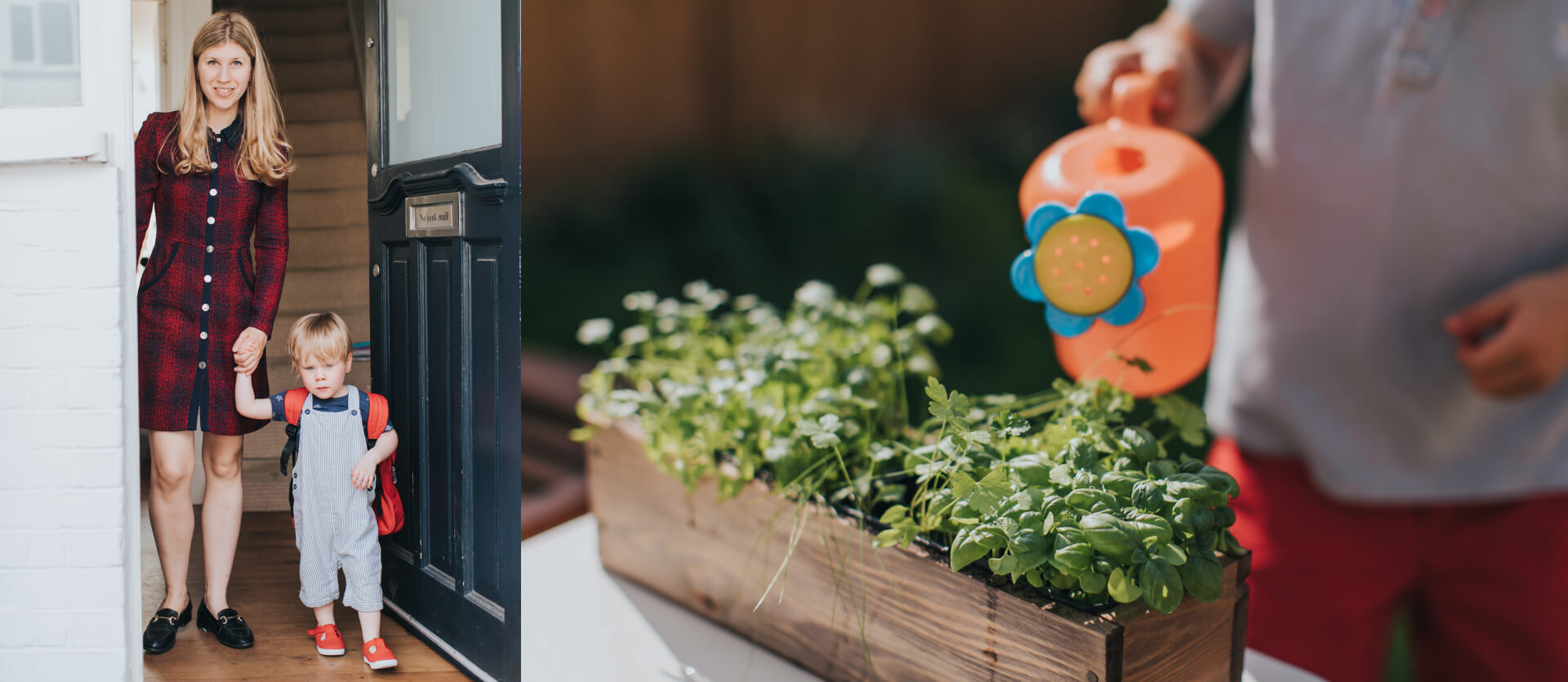State Primary Schools versus Independent Schools – what is the difference?

With private schooling set to be more expensive than ever before it is a perfect time to really consider what is the best route for your family. State primary has been an increasingly popular choice for London families with many families choosing to send children to ‘state till 8’ or increasingly all the way through to 11 years old. Most areas of London offer a higher percentage of outstanding state options at primary level- these schools will often be performing in the top 10% of the country in reading, writing and maths and will also often benefit from an active Parent teacher associations (PTA) who work hard to raise money to enrich children’s experiences at school. At some of the best state primaries there can be very little difference to the average independent school and the facilities can sometimes be better. Over the years we have both taught in state and independent schools and nurseries and now have our children attending both state primary school and independent schools giving an insight into what is on offer from both sides of the fence. From our experience over the years we feel the key differences between state and private at primary school level in London can boil down to 5 key areas:
Class size:
This is really the key difference as private schools can have as little as 10 children in a class and will rarely exceed 24. State schools will have 30 children in a class with one class teacher and a TA in younger years.Specialist teachers:
Independent schools can pursue their own curriclums and area not tied to the National Curriculum unlike state provision. Many independent school choose to invest in a high number of specialist teachers and it is common for them to have a sport, music, language, art specialist on staff alongside class teachers even from when children area as young as 4 years old. The average state school will probably have a sport specialist and maybe one more specialist staff member but rarely more than that.Extra curricular opportunities:
State schools vary greatly in the number and quality of clubs on offer before and after the school day. In the best case scenario you might have 2/3 options available a day for your child. Extra curriculuar clubs are something independent schools excel at with top quality schools like Highgate offering over 100 options a week which are timed before/after and during the school day.Range of ability:
State schools are committed to a policy of inclusion where all children are not academically selected and all abilities and needs should be accommodated. This is can be a real strength of the state system especially when there is a really well supported and resourced SEN team but the reality is that this is also a huge challenge.Facilities:
This is a difficult one to pin down as in come cases state primary schools can have more space and better facilities than a highly in demand inner London private school who will most likely have no playground and cramped converted town houses to work within. However when a private school has teh space and resources to deliver the facilties on offer can be jaw dropping